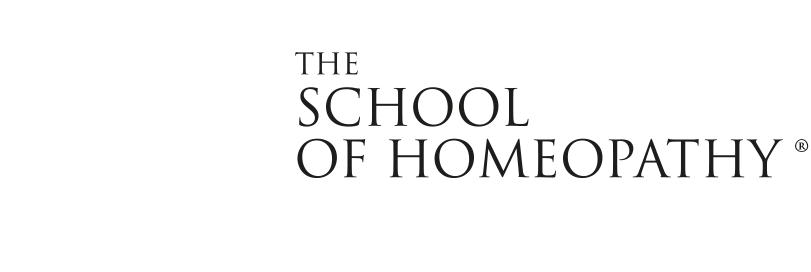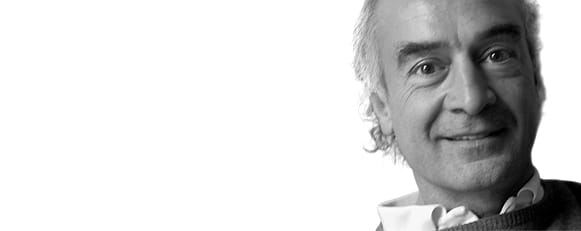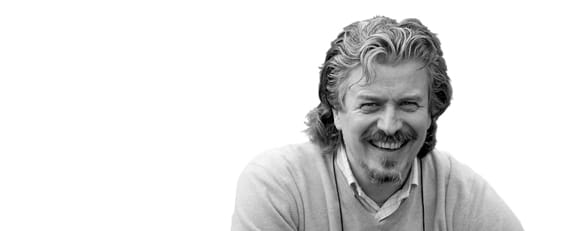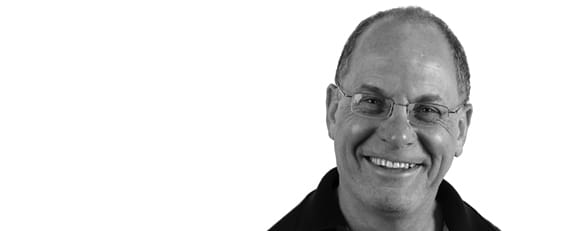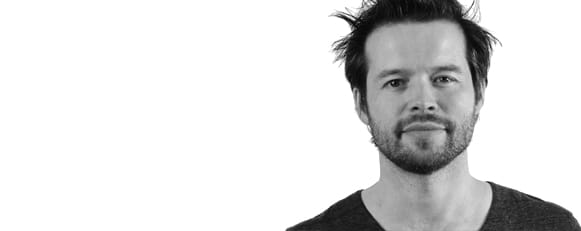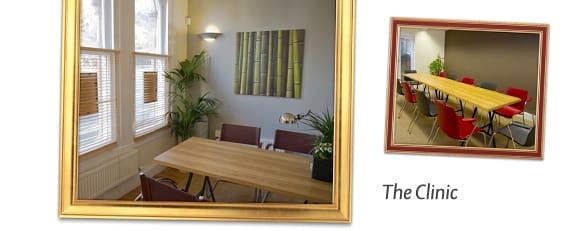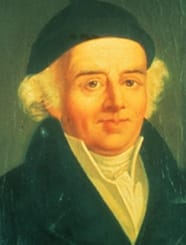

Translator's Preface
The sixth edition of the “Organon” as left by Hahnemann ready for publication, was found to be an interleaved copy of the fifth, the last German edition, published in 1833. In his eighty-sixth year, while in active practice in Paris, he completed the thorough revision of it by carefully going over paragraph by paragraph, making changes, erasures, annotations and additions.
Hahnemann himself had apprized several friends of the preparation of another edition of his great work as is evident among other from a letter to Boenninghausen, his most appreciative follower and intimate friend. Writing to him from Paris, he states: “I am at work on the sixth edition of the ‘Organon,’ to which I devote several hours on Sundays and Thursdays, all the other time being required for treatment of patients who come to my rooms.” And to his publisher, Mr. Schaub, in Dusseldorf, he wrote in a letter dated Paris, February 20, 1842: “I have now, after eighteen months of work, finished the sixth edition of my ‘Organon,’ the most nearly perfect of all.” He further expressed the wish to have it printed in the best possible style as regards paper, perfectly new type and in short desired its appearance to be unexceptionally fine as it would most likely be the last. These wishes of the venerable author have been carried out perfectly by the present publishers.
All these annotations, changes, and addition I have carefully translated from the original copy in my possession. Hahnemann made these in his own wonderfully small, clear handwriting, perfectly preserved during all these years and as legible today as when first written. For those extensive parts in which he made no changes whatever, including his long Introduction, I have adopted Dr. Dudgeon’s fine translation of the fifth edition, which has the distinction of perfect English with a remarkable, faithful adherence to the peculiar Hahnemannian style and setting.
The following are some of the more important changes noted in this final edition.
In a long footnote to Paragraph 11 he gives a consideration of the important question: What is dynamic influence – dynamis – and in Paragraphs 22 and 29 will be found his last views on the life principle, which term he uses throughout, preferably to vital force as in former editions.
Paragraphs 52 to 56 have been wholly rewritten and long footnotes are added to Paragraphs 60-74. Again, Paragraph 148 is practically wholly new and concerns itself with the origin of disease, denying a materia peccans, as the prime etiological factor.
Of greatest importance are Paragraphs 246-248 in regard to dosage in the treatment of chronic diseases. He there departs from the single dose and advises repetition of dosage but in different potencies. Paragraphs 269-272 are devoted to technical directions for the preparation of homoeopathic medicines especially according to his latest views.
The vexed question of double remedies other than chemical compounds is fully and definitely settled in Paragraph 273 and all doubts as to the impropriety of, such procedure removed.
Wholly new is the footnote to Paragraph 282 and of greatest importance. Here his treatment of the chronic diseases under psora, syphilis, and sycosis departs absolutely from that advised in former editions. He now advises to commence treatment with large doses of their specific remedies early and, if necessary, several times daily and gradually ascend to higher degrees of dynamization. In the treatment of figwarts, local application is considered necessary with the internal use of the remedy.
The book as now presented is Hahnemann’s last work concerning the principles advanced by him in the first and subsequent editions, illuminated and enlarged by his vast experience in the latter part of his medical career in the treatment of both acute and chronic diseases. Historically, the book in its sixth edition is of greatest interest and importance, completing as it does the marvellous array of Hahnemann’s philosophic insight into the practice of medicine. Hahnemann’s “Organon” is the high water mark of medical philosophy, the practical interpretation of which produces a veritable mountain of light and will guide the physician by means of the Law of Cure to a new world in therapeutics.
This edition is favored with an introduction by Dr. James Krauss, of Boston, the learned and scholarly student of Hahnemann, to whom I herewith desire to express my grateful appreciation for both the introduction and other valuable aid.
WILLIAM BOERICKE.
San Francisco, December, 1921.
I have now, after eighteen months of work, finished the sixth edition of my Organon, the most nearly perfect of all.
Samuel Hahnemann
